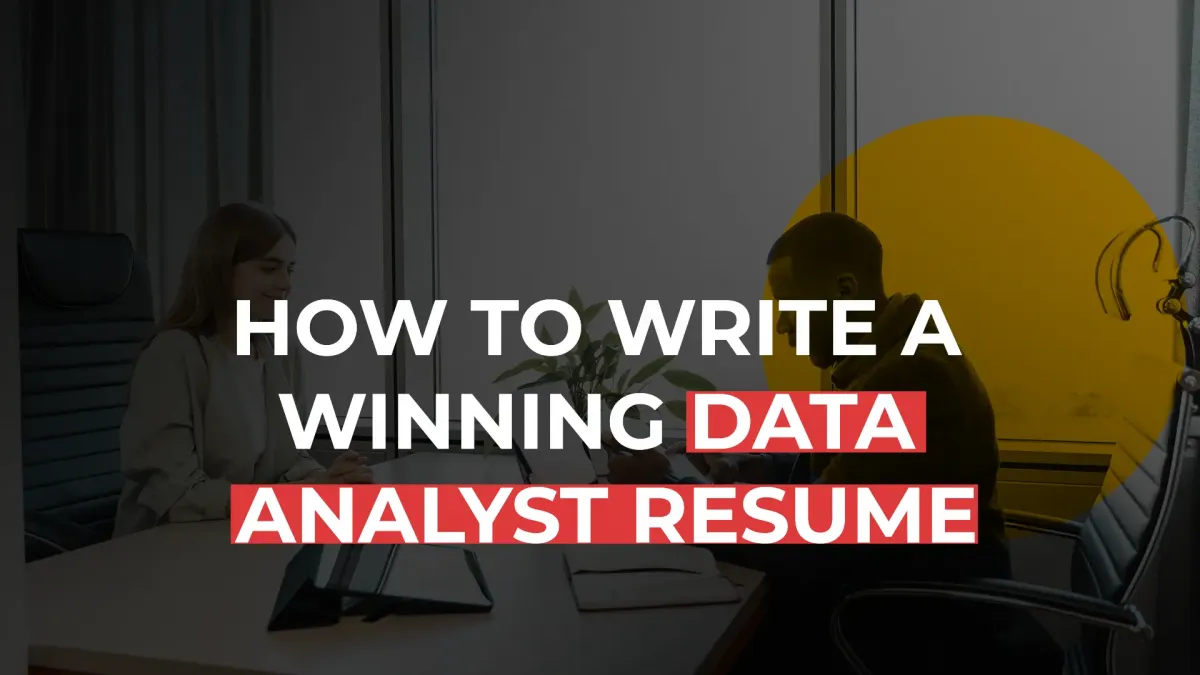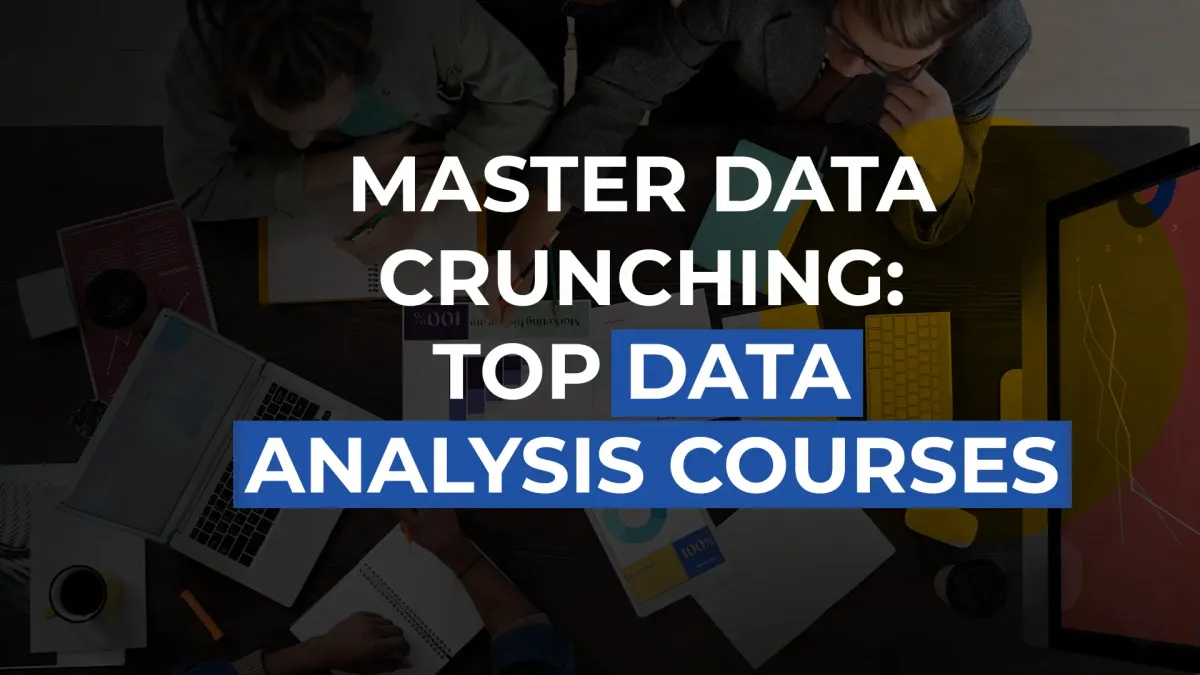
Every business in the world collects a treasure trove of data on a daily basis. You have clicks, images, videos, comments, personalised requests and many other golden nuggets of information. These digital tidbits get converted into insights, which help you make smart, data-backed decisions about your company’s future. That is the power of predictive analysis.
What is predictive analytics? It is a specialised branch of analytics that uses historical data, statistical methods and machine learning to forecast future outcomes. By identifying familiar patterns and repetitive trends, analysts can accurately predict measures to increase profitability and productivity.
This is a highly valuable tool that has revolutionised the business world. We are no longer navigating in the dark here. The path to a lucrative future is lit with bright indicators that tell you exactly what your next move should be.
It is a good time to be running a business. You have the technology, tools and intelligence to actively spur the company into an era of prosperity. There is so much about predictive analytics that needs to be understood. In this post, we will try to tackle some of it.
What Is Predictive Analytics?
It is a branch of data science that uses past and present information to make sustainable predictions for the future. It helps to make strategic decisions that can have a sizeable impact on a business. It also leads to optimising and fine-tuning operations for better company performance.
Types of predictive analytical models:
| Classification models | Time Series models | Clustering models |
| This method is a part of supervised machine learning. | This method is a part of supervised machine learning. | This method is a part of unsupervised machine learning. |
| Data is sorted according to historical information collected. | Data is sorted according to time periods, such as daily, weekly, monthly or yearly. | Data is sorted according to similar characteristics. |
| Can be used by financial companies to detect fraud or identify credit risks. | Can be used by customer service departments to register number of calls on a period basis. | Can be used by e-commerce sites to categorise customers. |
Did you know that you can learn predictive analytics with IMS Proschool’s Data Science & Data Analytics Courses?
What Is Predictive Analytics Across Industries?
We already know that predictive analytics is used across various businesses to solve different challenges and work-related problems. Let’s delve deeper to understand how.
- The banking industry
- Uses predictive analytics to identify risk factors and fraud detection
- Ensure real-time support to counter market changes and fluctuations
- Customise services to ensure customer satisfaction and loyalty
- Human resources departments
- Predictive analytics can help match job candidates to the correct profile
- Ensure a lower rate of employee turnover
- Boost employee satisfaction
- Lower recruitment costs
- Supply chain management
- Predictive analytics can keep track of inventory and product prices
- Ensure demand is met through proper order placement
- Optimise shipping costs for imported parts
- Health and medical industry
- Predictive analytics can help to organise and analyse health records for various diseases and illnesses
- Used to track the diagnosis and treatment of infections
- Offers insights into corrective methods that see a high rate of results
What Is Predictive Analytics Algorithm?
Before we can learn about the many algorithms used to create an effective predictive model, let’s first understand how to build one.
Step 1: Use any ETL (extract, transform, load) tool to get the data
Step 2: Divide the dataset into samples and verification
Step 3: Create a model from the sample data
Step 4: Apply the algorithm that will perform a set of functions to fill in the variable
Commonly used algorithms
What is predictive analytics without its algorithms? They are an integral part of the entire forecasting process. Here below are some of the popular algorithms that are used extensively to analyse data to make predictions.
- Simple linear regression
This is a type of algorithm model that helps to calculate the relationship that occurs between two quantitative variables. It helps to analyse the depth of the connection between the variables. It also examines the nature of the dependent variable and its value according to the independent variable.
- Neural network
The neural network is a form of artificial intelligence that uses the human brain as a blueprint. It is a form of machine learning called deep learning, where computers are taught to process information the way a brain does. The method is programmed to help computers continuously update their processes by learning from their mistakes. They are also able to solve tricky challenges and perform complex functions with ease.
- Decision trees
Also called classification and regression trees (CART), this model is often considered one of the more effective and popular methods of predictive analytics. When you create a decision tree, you essentially divide a large collection of data into smaller parts. It is similar to a flow chart, where a series of questions lead you to an outcome.
- Support Vector Machines (SVMs)
SVMs are a part of supervised machine learning used for classification and regression. It makes a straight line between two classes, creating support vectors which are data points supporting each other. They are especially important for making complex connections between data that have a large number of characteristics.
- Naive Bayes algorithm
Based on Bayes’ probability theorem, this algorithm is commonly used for creating solutions for multi-class prediction issues. It can build models quickly and efficiently and even require less training data. It lends itself to a host of functions, such as filtering spam or sorting newspaper articles.
Learn all these algorithms with our courses
Want To Learn Predictive Analytics? Try IMS Proschool!
When you enter the world of big data, you need a top-quality course to help you to better understand what is predictive analytics, and how to use it effectively. IMS Proschool is one of India’s leading institutions in data analytics, as they offer an excellent learning experience. The syllabus is taught by experienced industry professionals who have a deep understanding and knowledge of the genre. They help students develop their skills through active learning methods and other innovative techniques. They make each subject engaging and easy to understand. You can choose between their Data Science course or even do a PGCM in Data Analytics. Either way, you get transformed into a formidable data analytical specialist,
Here are some of the benefits of learning with Proschool:
- The faculty provides personalised attention to all students
- The syllabus contains all industry-relevant topics, including ‘what is predictive analytics?’
- The coaching standards are of the highest calibre
- You can attend online sessions or visit your nearest Proschool centre for face-to-face learning
- There are many additional resources available such as mock exams, practice papers, videos and study prep books
- You receive an NSDC or NSE certification, depending on which course you take
- There is also an efficient placement program that helps you connect with leading companies for job opportunities
- You are also trained in recruitment skills such as interview presentation and resume writing
Conclusion
What is predictive analytics and what can it do for my business?
This is a much-asked question by many of the world’s leading companies. The demand for predictive analytics is increasing every day. It is fast becoming one of the most powerful branches of data analytics, to no one’s surprise. This is the right time to take a plunge into this industry and become a predictive analytics expert. All you need is the right certification to back you. Once you are qualified, you can start working towards a rewarding career filled with many fascinating possibilities.







Leave A Comment